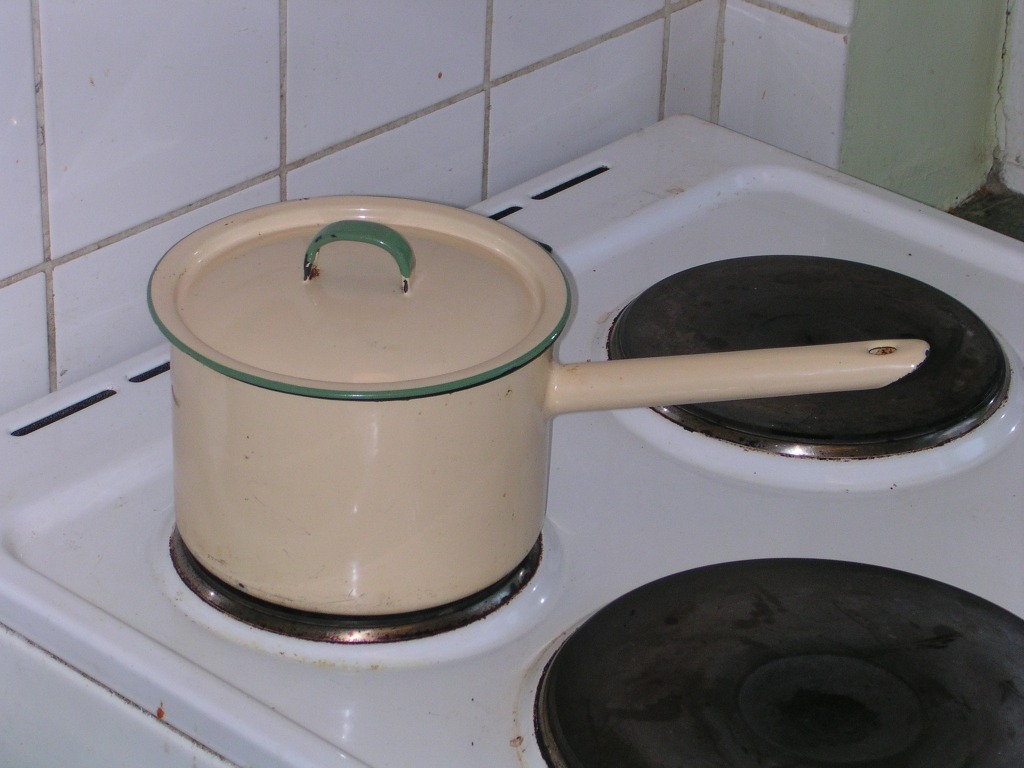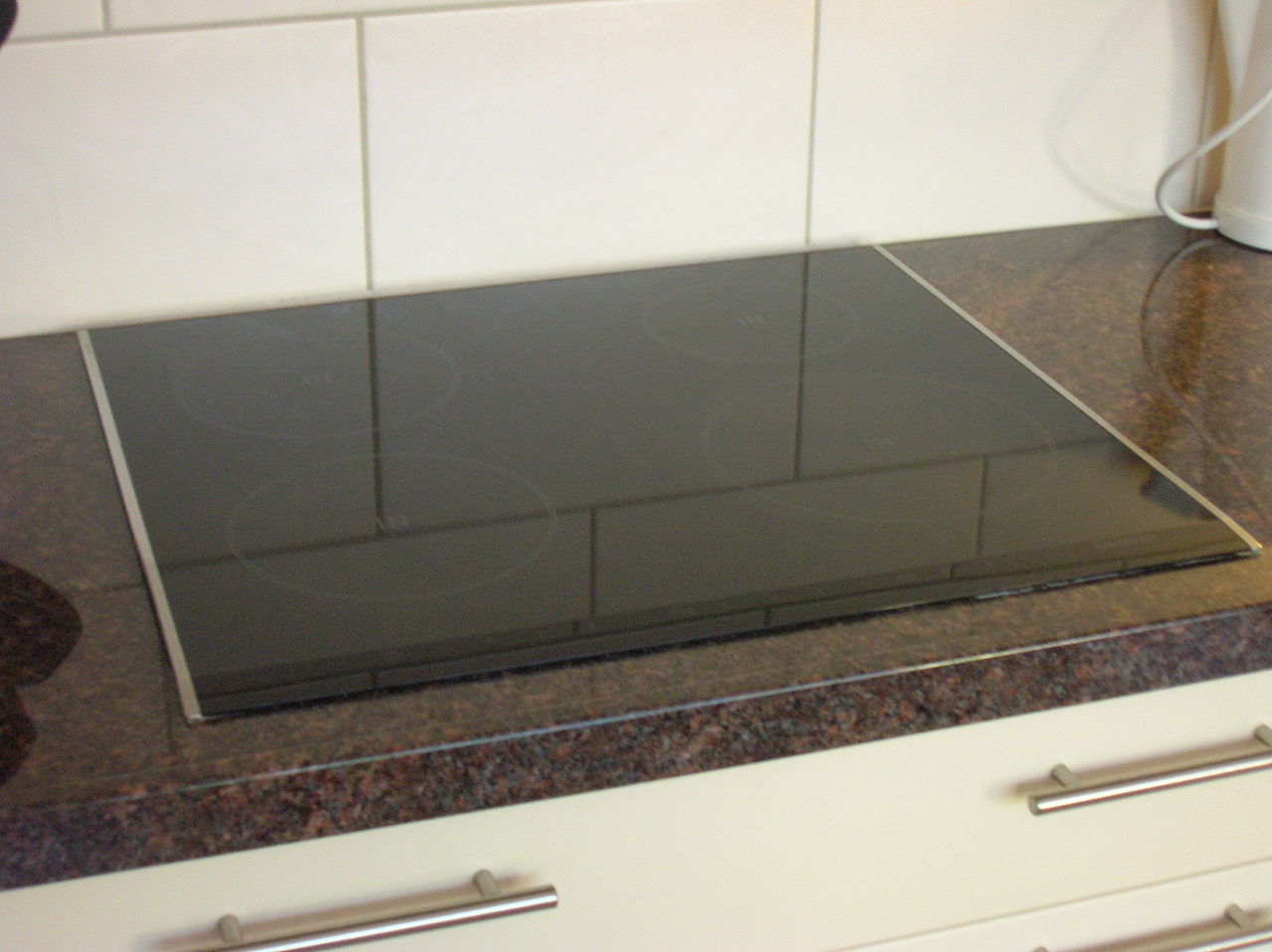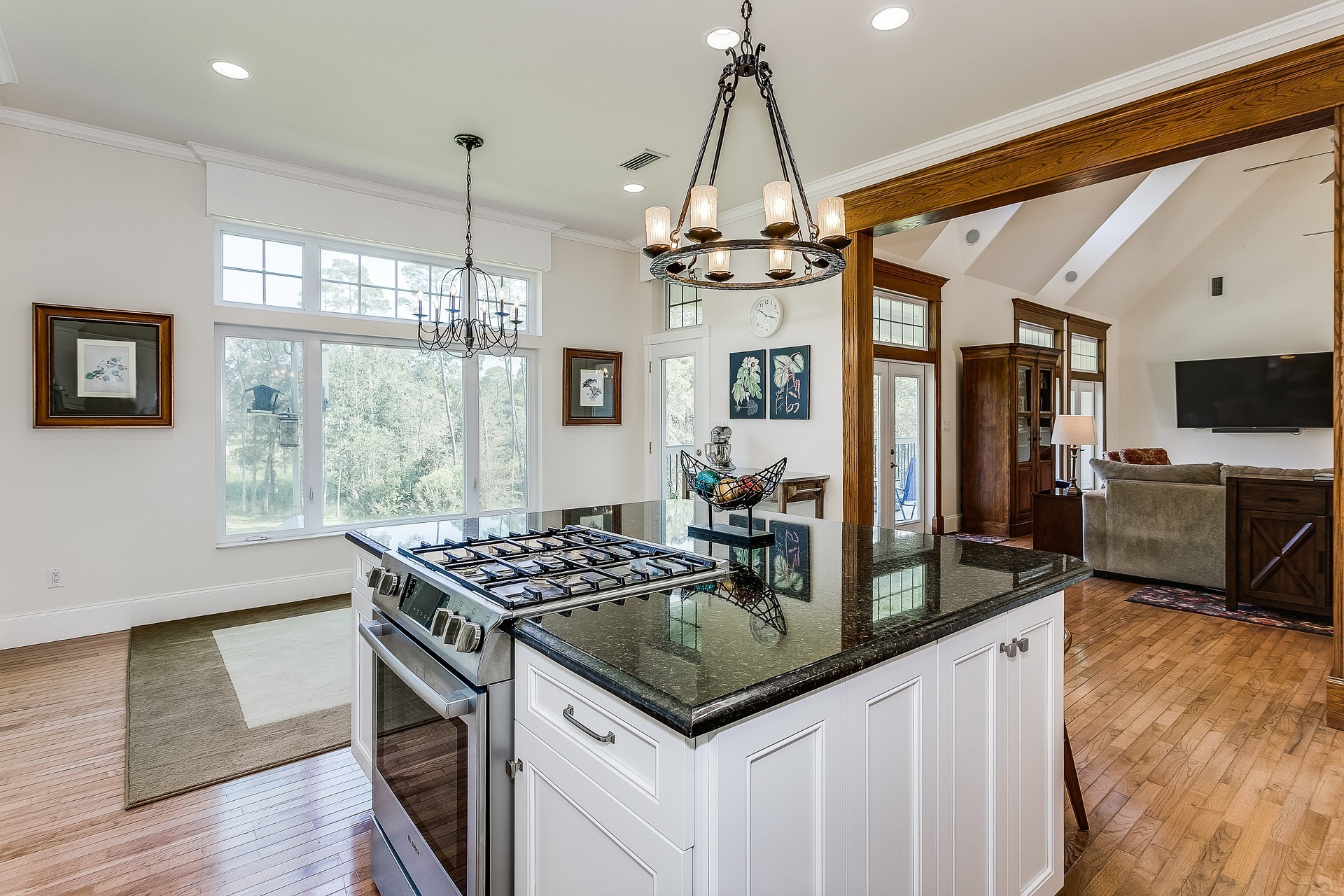A cooktop is a standalone cooking top with a flat and open surface that is integrated into countertops. It is uniquely different from most cooking stoves or ranges as it is independent of an oven. It is used for cooking and is characterized by knobs facing upwards. There are different types of cooktops that families can choose from, depending on their household needs.
Heat Source Options
Gas Cooktop
A gas cooktop is a good option for those who want to cook quickly and efficiently because it cooks food over an open flame, either natural gas or propane. They provide high temperatures that can be adjusted instantly with its control, which benefits the cook because the flame can be easily monitored. A gas cooktop works with a variety of cookware, making it ideal for cooking anything.
Disadvantages:
- Although the flame of a gas cooktop is easily monitored, its knob control makes it difficult to adjust the cooking temperature to specific settings.
- It requires a proper gas connection and a suitable gas line.
- Burners may be more difficult to clean because of the many components, such as burners, burner caps, trivets, grated, drip pans, and many more. But there are no worries, as the newest models feature cooktops with smooth surfaces that are easy to maintain and clean.
- Can leave the surface greasy
- The worst-case scenario for a gas cooktop is difficulty turning on the burner.
- A gas cooktop can affect the temperature in the kitchen as well.
Electric Cooktop
An electric cooktop has a burner as well as a flat surface that heats up with electricity. It is simple to install because it does not require a gas connection to operate. Some models of electric cooktops have coil burners, while other modern ones feature smooth top designs. One significant advantage of an electric cooktop is that it provides precise temperature due to its electric settings, which provide consistent temperature readings. They can be adjusted to lower flame levels and are also more environmentally friendly compared to a gas cooktop. With an electric cooktop, the temperature of the kitchen remains cool and is not affected by the heat coming from the cooktop, which can happen with a gas cooktop.
Disadvantages:
- It can be difficult to tell if they have cooled down, and it takes time for them to do so.
- Requires the use of flat-bottomed cookware.
- The newest models tend to be more expensive.
- Cooks food slower.
Induction Cooktop
Induction cooktops use electricity as well, but unlike electric cooktops, they use electromagnetic energy to create a magnetic field that reacts to cookware. The electromagnets are placed under a smooth cooking surface. This process generates vibration, which generates heat, which cooks the food. An induction cooktop heats up faster compared to electric cooktops and offers excellent temperature control. A unique characteristic of an induction cooktop is that it only produces heat with compatible cookware, which is cookware made with cast iron, enameled cast iron, and stainless steel, which lowers the risk of burning or starting a kitchen fire. Because of this, this type of cooktop is considered to be the safest and most energy-efficient option for a cooktop.
Disadvantages:
- Compared to the other two cooktops, an induction cooktop is more expensive.
- Only works with specific cookware.
- Because of its fast-heating characteristics, an induction cooktop has a higher risk of overcooking food.
Cooktop Materials
Stainless Steel Cooktop
Stainless steel cooktops are rust-resistant, which means they will last longer. They provide greater cleaning flexibility.
Ceramic Cooktop
From the name itself, a ceramic cooktop is made of ceramic material. It creates a sleek and modern type of design, such as a coiled metal element underneath the tempered ceramic glass.
Cooktop Features
Cooktops with overhead hood
Cooktops with overhead hoods draw in the heat and smoke during cooking. The overhead hood does a good job of ventilating the area while cooking.
Disadvantage:
Can take up space that could have been used for counters or overhead equipment.
Downdraft cooktops
A downdraft cooktop is a type of cooktop that uses a counter-level exhaust fan that can be installed in the cooktop itself, behind the burners, in the center, or on the side. A downdraft cooktop eliminates the need for an overhead hood and reduces smoke, but it is not as effective at drawing in fumes and smoke as a traditional overhead hood.
Coil Cooktop
A coil cooktop is a traditional version of an electric cooktop. The heating coils come into direct contact with the cookware.
Disadvantage:
They require more effort to clean, as the coil can be difficult to access.
Island Cooktop
An island cooktop is placed on a counter in the center of the kitchen and usually includes two ranges: one for simmering and sautéing and the other for baking.
Two-Burner Cooktop
A two-burner cooktop is the smallest type of cooktop suitable for smaller households or apartment use.
Griddle Cooktop
A griddle cooktop is a large, flat cooking surface that sits on top of the cooktop’s burners, making it ideal for cooking pancakes, bacon, eggs, sausages, hash browns, or any other breakfast food.
What is the Difference between a cooktop and a range?
A range and a cooktop are both types of cooking tops. A range is a slide-in cooking unit that has a built-in oven space with a door. Although cooktops look like ranges in terms of size and features, they do not have built-in oven space. Instead, it offers extra space for storing larger items, such as pots and pans. A range features its control knobs in front of the appliance on the edge of the counter, while cooktops’ control knobs are usually located on the top and are built-in on the flat surface of the cooktop facing upwards.
Advantages of using a cooktop
Versatility
This small appliance can add versatility to a kitchen as it permits homeowners to place the oven somewhere other than under the stove, which is a common placement of traditional ranges.
Cooking Speed
The three types of cooktops, according to the heat source, cook food in the quickest way possible. A gas cooktop, for example, heats up quickly and does not require preheating. Induction and electric cooktops, on the other hand, use higher temperatures to heat and cook food faster.
Appearance
Cooktops provide an aesthetic and a uniform built-in appearance suitable for an organized kitchen look.
Convenience
Cooktops, like traditional ranges, are frequently placed at arm’s height. It offers comfort and convenience for people with back or knee problems. Another convenience that a cooktop offers is because of the absence of the oven portion, it is less bulky compared to traditional ranges, giving the cooker more comfort when cooking.
Safer Controls
The majority of issues with traditional cooking tops are related to their controls and the oven portion being reachable by children. The benefits of a cooktop include built-in controls that are located on the top surface, making them out of reach for small children.
Final Thoughts
Cooktops give convenience to cooking in the kitchen and allow homeowners to experience a comfortable cooking technique. Aside from being convenient, a cooktop is also an easy and faster way to cook food. There are different types of cooktops that homeowners can choose aside from traditional cooking ranges.



